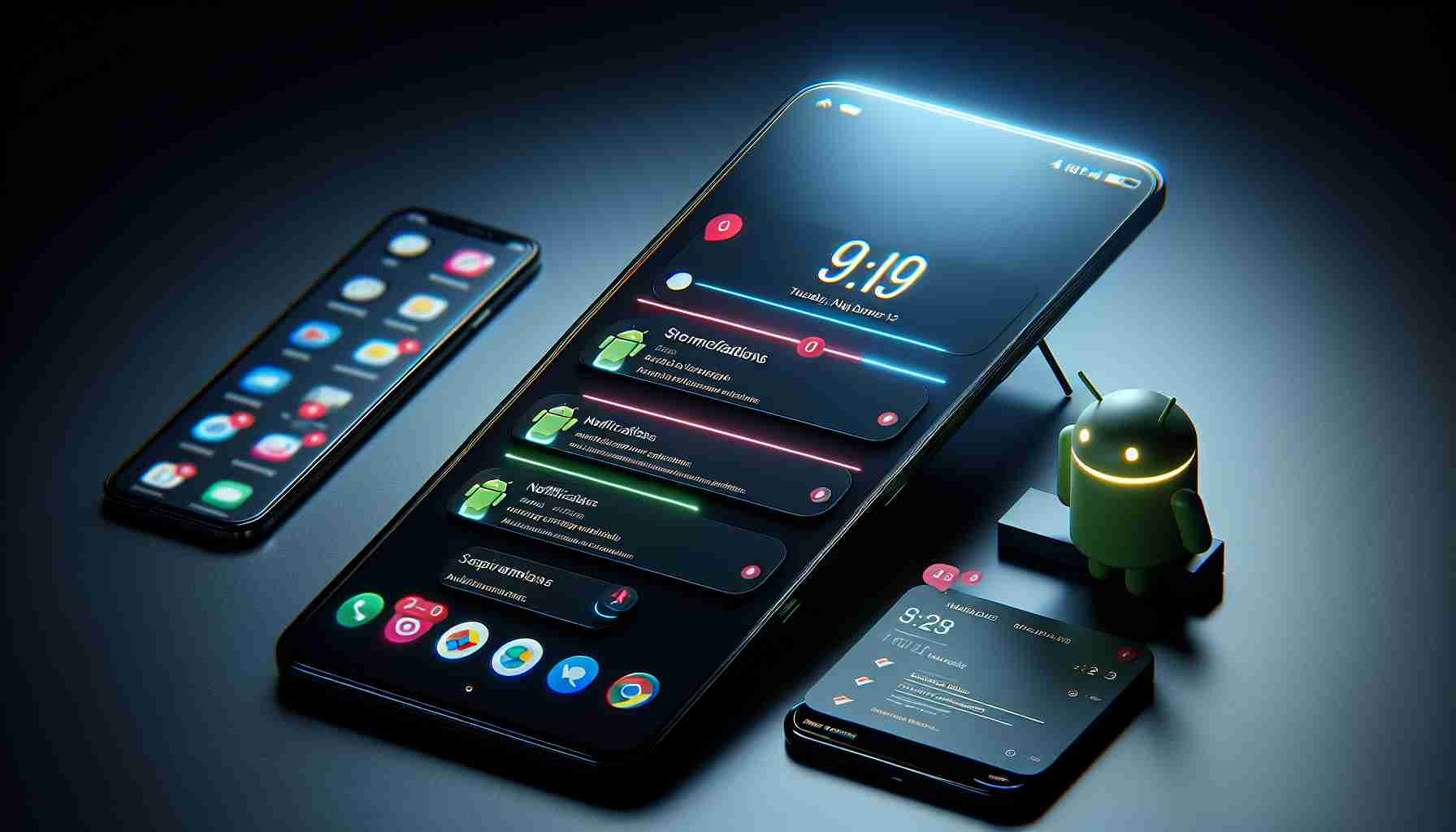Mastering Your Alerts: How Android Excels Where iOS Falls Short
While iPhone fans have their praises for iOS, Android enthusiasts are quick to spotlight one realm where Android consistently outshines its rival: notifications. The typical all-or-nothing notification method on iOS often brings frustration to users. For instance, if you wish to be alerted about a food delivery, you must also tolerate a barrage of irrelevant ads and promos from the same app.
Android’s Sophisticated Notification Solution
Android’s notification channels, an innovation since Android 8.0 Oreo, have significantly transformed user experience. Each app can sort alerts into groups, granting users the power to manage what they see with ease. Take Google Maps as an example—users can opt to receive navigation updates while ignoring less essential notifications like recommendations. Android’s user-friendly approach allows bespoke notification management, catering to the individual’s preferences.
The Bumpy Transition to Samsung’s One UI 6.1
Despite Android’s commendable notification system, Samsung’s latest One UI 6.1 has muddled this clear-cut system. Out of the box, new devices like the Galaxy S24 series present an all-or-nothing choice, stripping away any nuanced control previously provided by notification categories.
Thankfully, there is a workaround. Diving into the settings allows users to resurrect notification categories by simply toggling on ‘Manage notification categories for each app.’ Once activated, you’ll see categories reappear within app settings, and from there, you can fine-tune your notification preferences to your heart’s content.
Relevant Factors and Dynamics in Notification Systems
The way smartphones handle notifications greatly impacts the user experience. An effective notification system needs to balance alerting users to important information without overwhelming them with trivial updates. Android’s granular notification control system provides several advantages and disadvantages in comparison to iOS, and understanding these can reveal why some users might prefer one platform over another.
Key Questions and Answers
1. What has been the evolution of notification systems in Android and iOS?
Android has continually refined its notification system, notably with the introduction of Notification Channels in Android 8.0 Oreo. iOS, meanwhile, has made more cautious changes to its notification system, maintaining a simpler interface but with less granular control compared to Android.
2. How does notification management impact the overall smartphone experience?
Notification management can significantly affect battery life, focus, and overall satisfaction with a device. Being able to control notifications means that users can limit distractions and prioritize alerts that are important to them.
3. Are there any workarounds for users who want more control over their iOS notifications?
iOS allows some customizations such as turning off notifications for specific apps, grouping notifications, and silent delivery without visual alerts. However, these settings are not as granular as Android’s Notification Channels.
Key Challenges and Controversies
One key challenge with streamlined notifications is achieving the right balance between informing and overwhelming users. Advanced users may appreciate complex notification controls, but some may find this level of detail confusing, leading to a potential disadvantage where users might not utilize the available features effectively.
There is also the controversy surrounding the notification system being a pawn in the broader ecosystem competition between Android and iOS devices. Some users may feel locked into one ecosystem over the other because of the familiar user experience, including notifications.
Advantages and Disadvantages of Android’s Notification System
Advantages:
– Fine-tuned control allows users to subscribe to specific types of notifications within an app.
– Users can prioritize certain alerts, minimizing distractions.
– Android’s system can better cater to the needs of power users who require sophisticated notification management.
Disadvantages:
– The complexity of the settings might be overwhelming to some users.
– Users may accidentally miss important alerts if they overly restrict notifications.
– Manufacturers like Samsung altering stock Android behavior can lead to inconsistency and confusion.
Overall, while Android holds the upper hand in notification customization, the benefit of this sophisticated control system is subjective and heavily depends on the user’s individual needs and tech-savviness.
For those interested in learning more about the platforms provided by Apple and Google, you can visit their main websites at Apple and Android.
